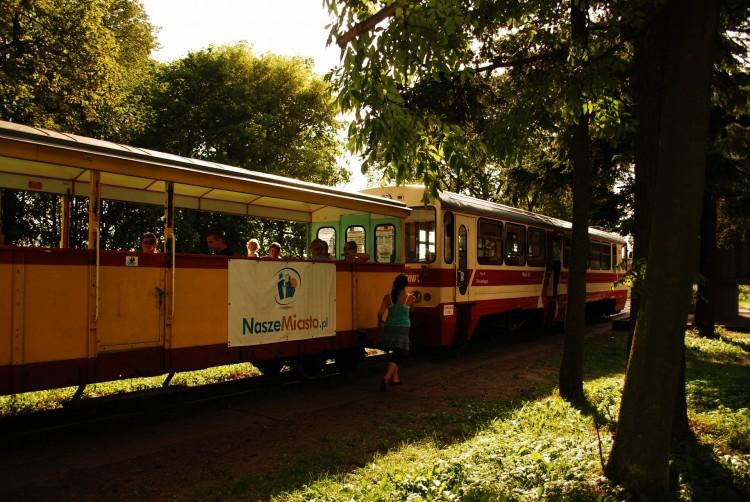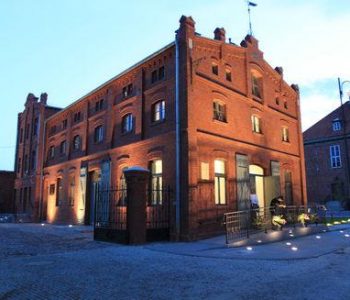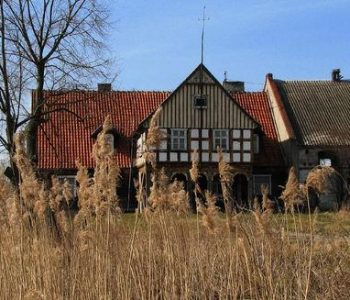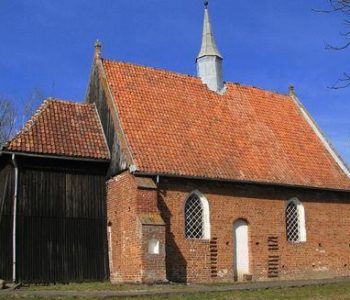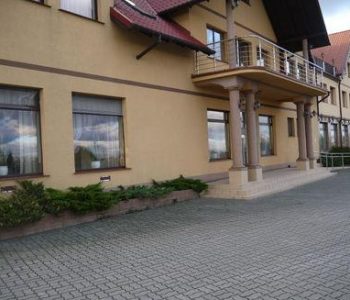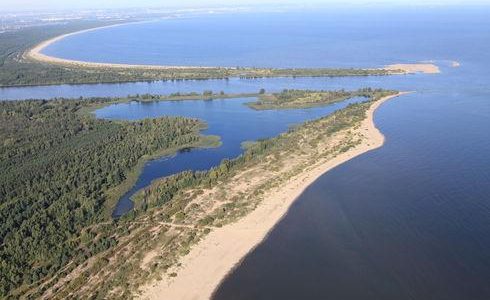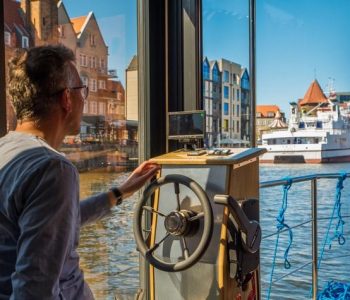The route was 5 km long, and the cars carrying sugar beet were pulled to the sugar factory by horses. Soon the extension of the line began and continued until, in less than ten years, it reached a length of 55 km. Initially it was used only to transport goods. The beginning of the 20th Century saw the introduction of passenger-car trains, which in the summer ran with specially-modified open cars.
The destruction of the Żuławy lands towards the end of World War II also affected the train sets and rails of the narrow-gauge railway. After the war the effort of reconstruction began, and although many connections were reintroduced, the 1950s saw a general crisis in narrow-gauge railways caused by increased road transport and the extension of standard-gauge railway lines. More and more lines were closed down as a result. In the mid-1970’s an attempt was made to revive this means of transport by introducing the tourist course “Jantar Express”. However, it soon stopped running due to its unprofitability. The rolling stock was taken away to various locations in Poland, and the tracks were regularly stolen for scrap. In 1999 the narrow-gauge railways were officially liquidated.
This changed in 2003, when the Pomeranian Society of Railway Enthusiasts led to the reopening of the Żuławy narrow-gauge railway. In 2006 the Association of Żuławy Commuter Rail Service was established. In the summer the route from Nowy Dwór Gdański through Stegna to Sztutowo or Mikoszewo is now accessible. The renovated cars are pulled by a historic steam engine. It is a tourist attraction that draws more and more tourists each year
